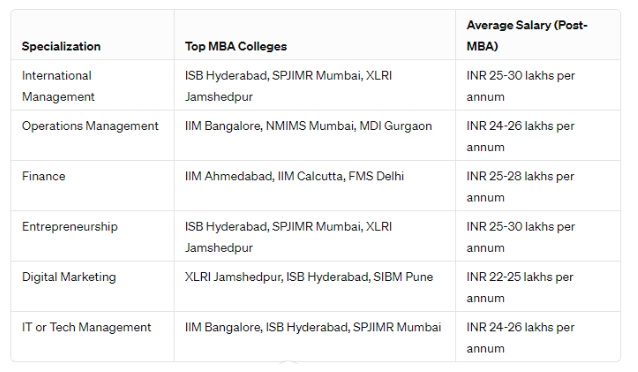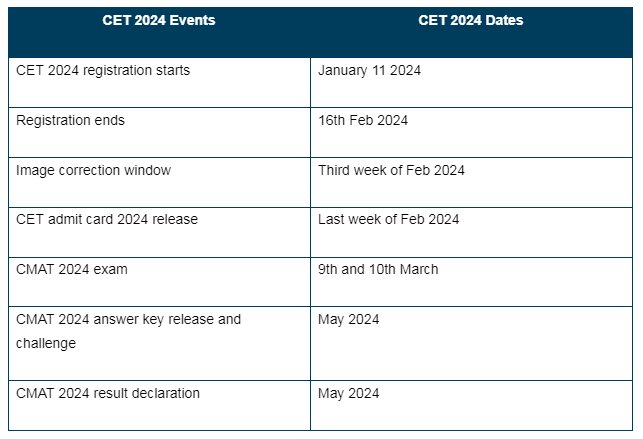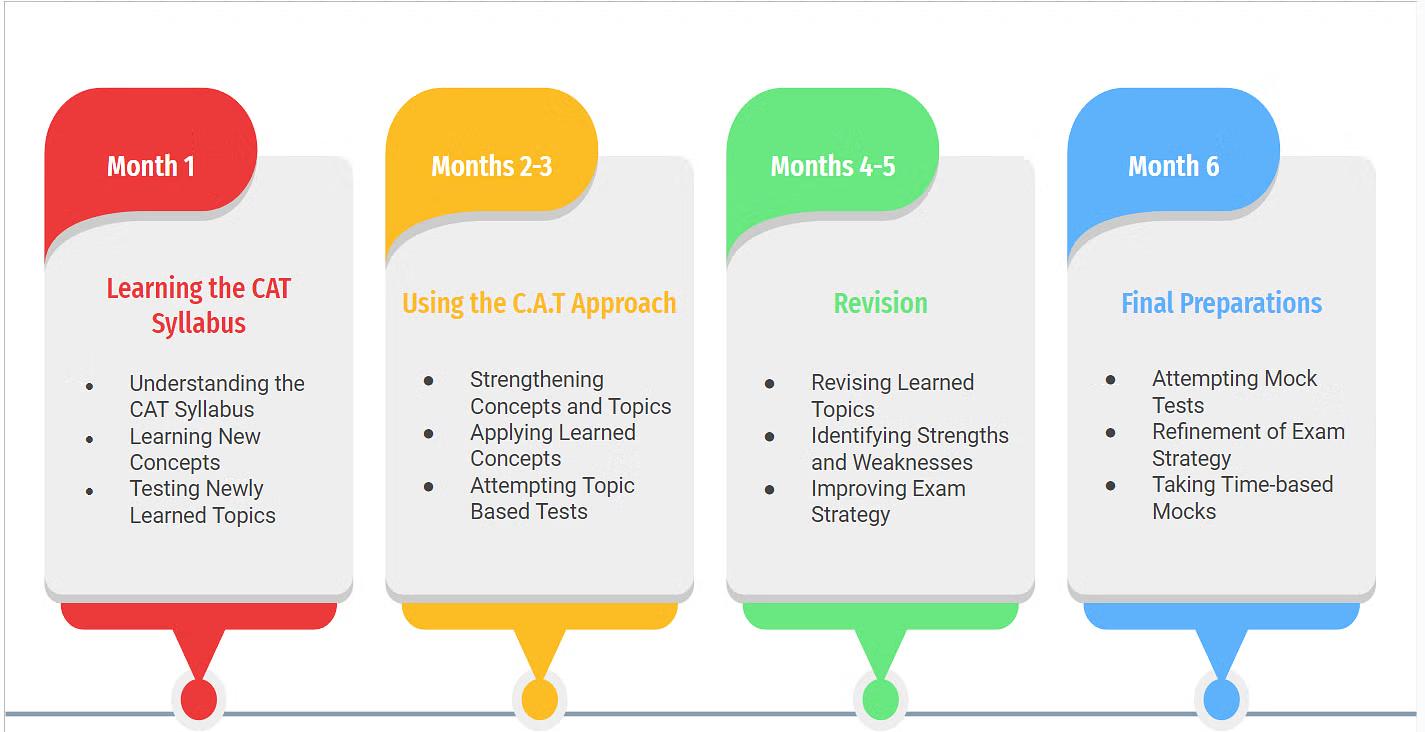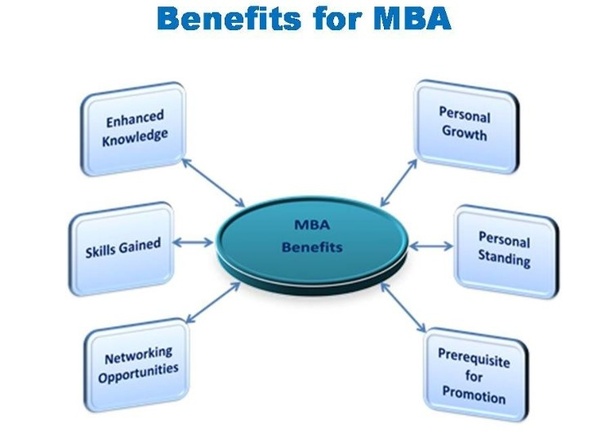Most in-demand MBA specializations in India
- International Management,
- Operations Management,
- **Finance, **
- **Entrepreneurship, **
- **Digital Marketing, **
- Operations Management,
- IT or Technology Management.
Also Read:· CAT 2024 Strategy

TOP 6 MBA Specialization in India
International Management:
- Focus: Prepares students for managerial roles in global business environments.
- Curriculum: Covers international business strategy, cross-cultural management, global market analysis, and international finance.
- Career Opportunities: Opens doors to careers in international consulting, global marketing, and management roles in multinational corporations.
Operations Management:
- Focus: Emphasizes the efficient management of business operations and processes.
- Curriculum: Covers supply chain management, logistics, quality control, process optimization, and project management.
- Career Opportunities: Suitable for roles in production management, supply chain analysis, logistics, and operations strategy
Finance
- Focus: Equips students with financial analysis, investment, and strategic financial management skills.
- Curriculum: Covers financial modeling, portfolio management, risk assessment, and corporate finance.
- Career Opportunities: Opens doors to careers in investment banking, corporate finance, financial consulting, and asset management.
Entrepreneurship:
- Focus: Nurtures skills needed to start and manage new ventures.
- Curriculum: Covers business plan development, funding strategies, innovation, and entrepreneurial leadership.
- Career Opportunities: Ideal for aspiring entrepreneurs and those interested in innovation and startup management.
Digital Marketing:
- Focus: Addresses the digital landscape, including online marketing strategies and analytics.
- Curriculum: Covers social media marketing, SEO, content marketing, data analytics, and digital advertising.
- Career Opportunities: Suitable for roles in digital marketing management, social media strategy, and online brand management.
IT or Technology Management:
- Focus: Combines business acumen with technology leadership skills.
- Curriculum: Covers IT strategy, project management, cybersecurity, and emerging technologies.
- Career Opportunities: Suitable for roles in IT management, technology consulting, and leadership positions in tech-driven companies.
How to choose best specialization for you
Personal Interests:
Choose a specialization aligned with your passion and interests to ensure long-term satisfaction and engagement.
Career Goals:
Consider your desired career path and the skills required in your chosen industry. Your specialization should complement your career goals.
Skills and Strengths:
Assess your strengths and skills. Select a specialization that leverages your existing competencies and allows for skill development in areas of interest.
Industry Trends:
Research current industry trends and demands. Opt for a specialization that aligns with emerging opportunities and the evolving needs of the market.
Market Demand:
Explore the demand for professionals in different specializations. Some industries may have a higher demand for certain skills, affecting job opportunities and salaries.
Networking Opportunities:
Consider the networking opportunities associated with each specialization. Some specializations may offer better networking prospects within specific industries.
Work-Life Balance:
Evaluate the typical work environments and demands associated with each specialization. Choose one that aligns with your preferred work-life balance.
Entrepreneurial Aspirations:
If you aspire to start your own business, entrepreneurship or a related specialization may be suitable.
Tech Savvy or Business-Centric:
If you are tech-savvy, IT or Technology Management might be a good fit. If you prefer a broader business focus, finance or general management could be more suitable.
Analytical Skills:
If you enjoy working with data and analytics, consider specializations such as finance or business analytics.
HOW CAT Credentials MBA program will help?
- 250+ Hours of classroom lectures
- Hard Copy of Notes
- Practice Videos
- Portal Access with (Sectional/ Topic test)
- 30+ Mock Tests
- Doubt Solving Session
- Individual Guidance
- Profile making
- GDPI
- Foundation Building For MBA
For more updates join CAT Credentials course!!!
We have a free Demo Session Every Saturday & Sunday
Location: https://maps.app.goo.gl/m7UHgHiLxNg9Nxk7A\
Follow Us on socials or daily updates: 🔔
Instagram: https://www.instagram.com/cat_credentials







